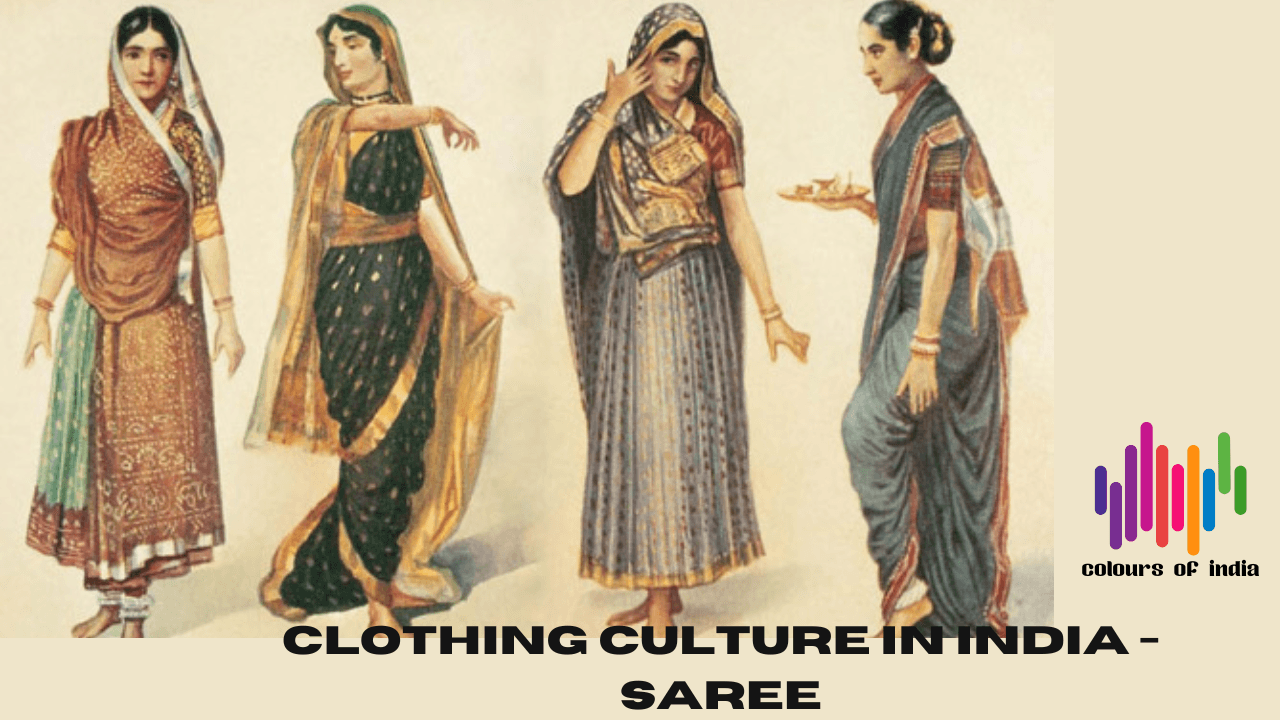CLOTHING CULTURE IN INDIA – SAREE
Learning about traditional Indian clothing and dressing up in Indian attire
CLOTHING CULTURE IN INDIA – SAREE A fascinating journey into the rich and varied fabric of India’s cultural heritage can be had by understanding the diversity of Indian clothes. Numerous clothing trends have developed because of the nation’s various regions, weather, and cultural traditions. A summary of Indian clothing’s variety can be seen here:
SAREE (Sari) :
The Saree is one of the most iconic and versatile garments in India, worn by women across the country. It’s a long piece of cloth, typically ranging from five to nine yards in length, that is draped elegantly around the body in various styles. The Saree is not only a symbol of grace and tradition but also a canvas for rich cultural expressions through fabric, design, and draping techniques.
Components of a Saree:
The Saree:
- A single piece of fabric, often made of cotton, silk, or synthetic materials, that is unstitched and draped around the body. A saree (or sari) is a traditional Indian garment worn by women, characterized by its elegant drape and versatile styling. The saree consists of a long piece of cloth, usually between 5 to 9 yards in length, which is draped around the body in various styles.
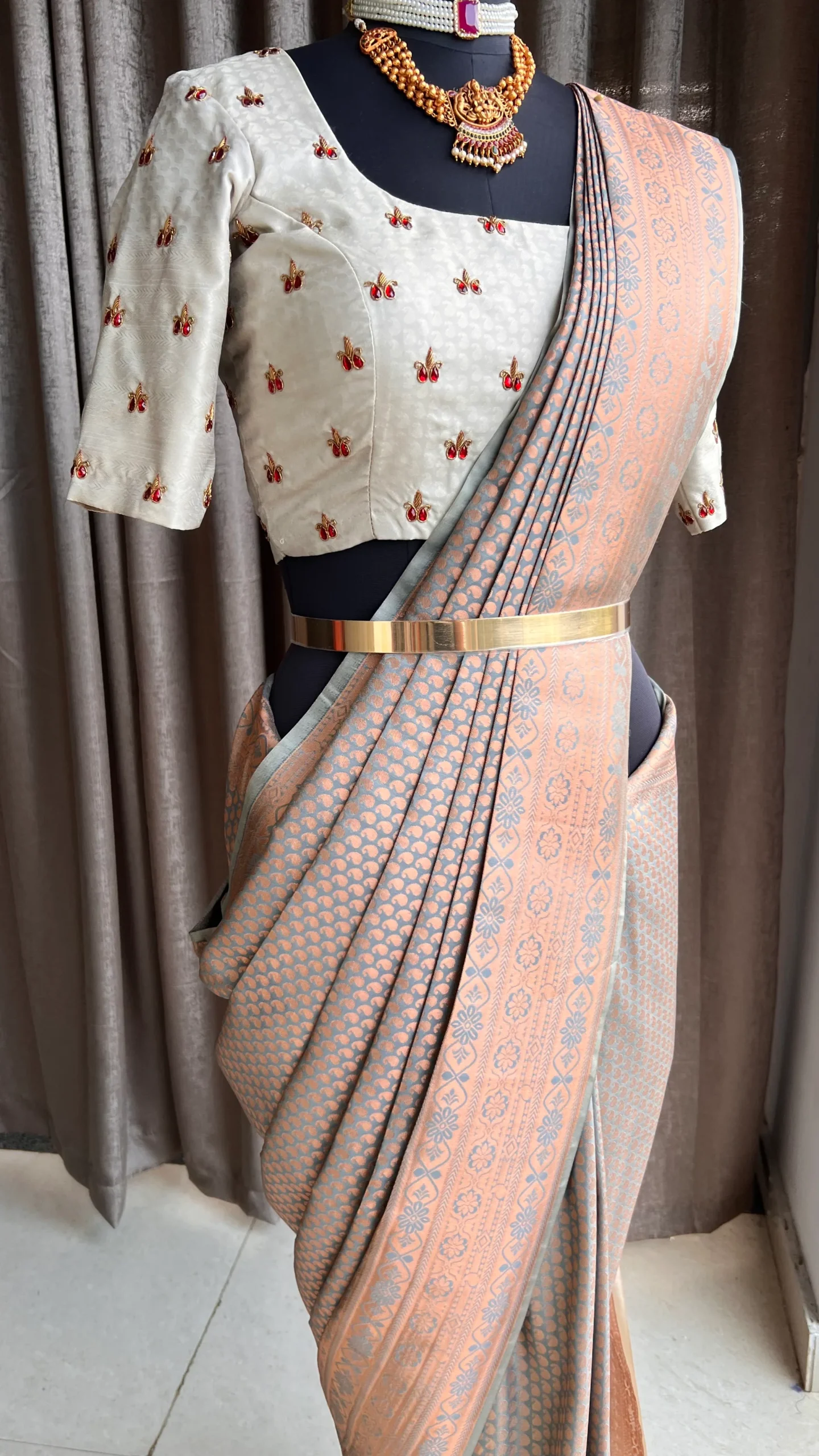
- The Blouse (Choli):
- A fitted top worn under the Saree. It is often tailored to match the Saree and can be simple or heavily embellished. The blouse (also known as choli) is an essential component of the saree ensemble, complementing the saree and enhancing the overall look.
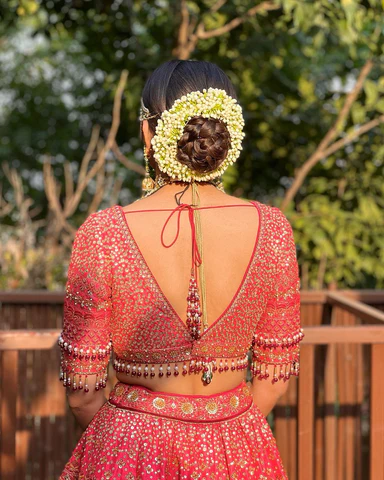
- The Petticoat:
- A skirt-like garment worn underneath the Saree, around which the Saree is draped and tucked. A petticoat is an essential garment worn under a saree or skirt to provide structure, support, and shape.
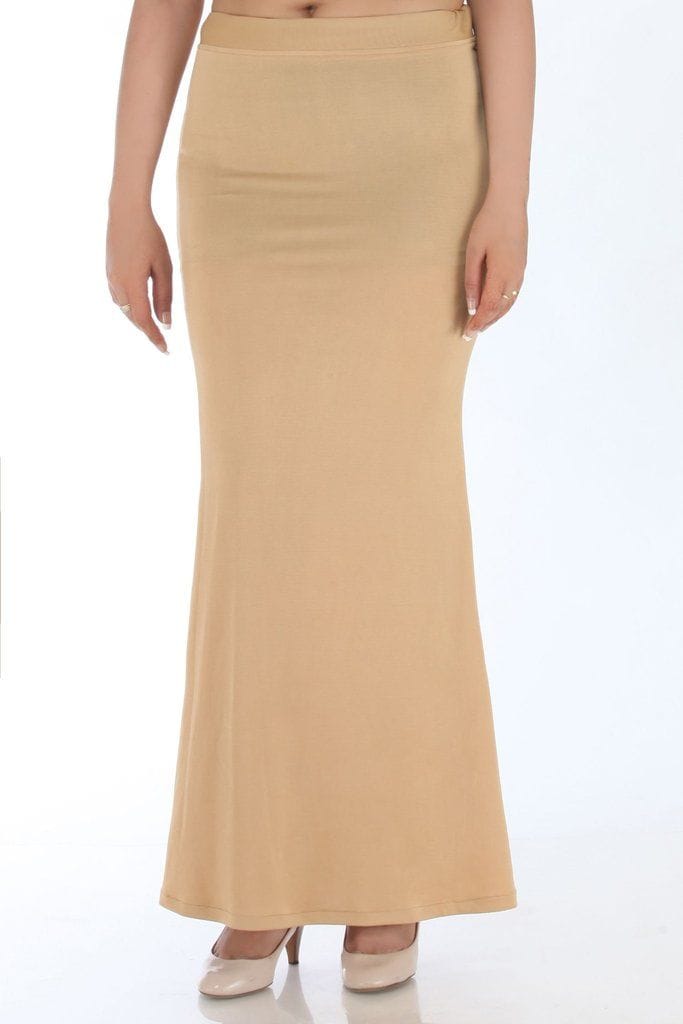
Popular Draping Styles:
- Nivi Style (Andhra Pradesh/Telangana):
- The most common style, where the Saree is draped over the left shoulder with pleats in the front. This style is easy to wear and widely used across India.
- Maharashtrian Nauvari:
- The Saree is draped in a way that resembles a Dhoti, often worn without a petticoat, making it practical for everyday wear, especially for Maharashtrian women.
- Bengali Style:
- Characterized by a pleat-less drape, with the Pallu (the loose end) thrown over the left shoulder and often tied in a knot or tucked in the waist.
- Gujarati Style:
- Similar to the Nivi style but with the Pallu draped over the right shoulder, coming from the back, and spread across the chest.
- Kerala’s Mundum Neriyathum:
- A traditional two-piece drape, where one piece is wrapped around the waist, and the other is draped over the shoulder.
- Tamilian Madisar:
- A complex drape worn by Brahmin women, particularly for religious occasions, requiring nine yards of fabric.
Types of Sarees:
- Banarasi Saree: Known for its rich silk and intricate gold or silver brocade. The Banarasi Saree is one of the most exquisite and luxurious Sarees in India, originating from the ancient city of Varanasi (also known as Banaras) in Uttar Pradesh. It is renowned for its rich texture, intricate designs, and opulent use of gold and silver brocade (zari). Banarasi Sarees are often associated with weddings, festivals, and special occasions due to their regal appearance.

- Kanjeevaram Saree: A type of silk Saree from Tamil Nadu, famous for its vibrant colors and thick borders.The Kanjeevaram Saree, often spelled Kanchipuram or Kanchi Saree, is one of the most prestigious and luxurious types of traditional Indian sarees, hailing from the town of Kanchipuram in Tamil Nadu. Renowned for its rich silk fabric, vibrant colors, and intricate designs, the Kanjeevaram Saree is a quintessential choice for weddings, festivals, and formal occasions.

- Chanderi Saree: Lightweight Sarees from Madhya Pradesh, often with a glossy finish and traditional motifs.The Chanderi Saree is a traditional Indian saree known for its lightweight and glossy fabric, which makes it a comfortable and elegant choice for various occasions. Originating from Chanderi, a town in Madhya Pradesh, these sarees are characterized by their fine silk, cotton, or silk-cotton blends, and intricate designs.

- Bandhani Saree: A tie-dye Saree from Gujarat and Rajasthan, known for its vibrant patterns.The Bandhani Saree, also known as Bandhej Saree, is a traditional Indian garment renowned for its vibrant colors and intricate tie-dye patterns. Originating from the states of Gujarat and Rajasthan, Bandhani is a popular choice for festive occasions and celebrations due to its bright and eye-catching designs.
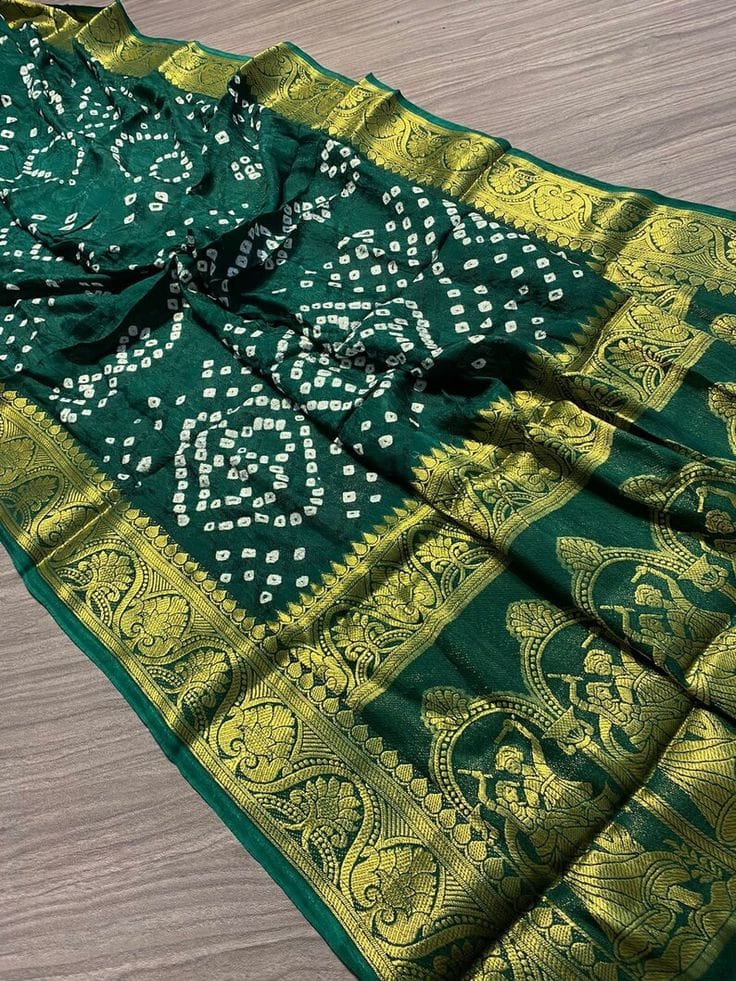
- Tant Saree: A crisp cotton Saree from West Bengal, ideal for hot and humid climates.The Tant Saree is a traditional Bengali saree known for its light, airy fabric and simple elegance. Originating from the state of West Bengal, particularly from the town of Tant, these sarees are appreciated for their comfort and affordability, making them a popular choice for everyday wear and casual occasions.
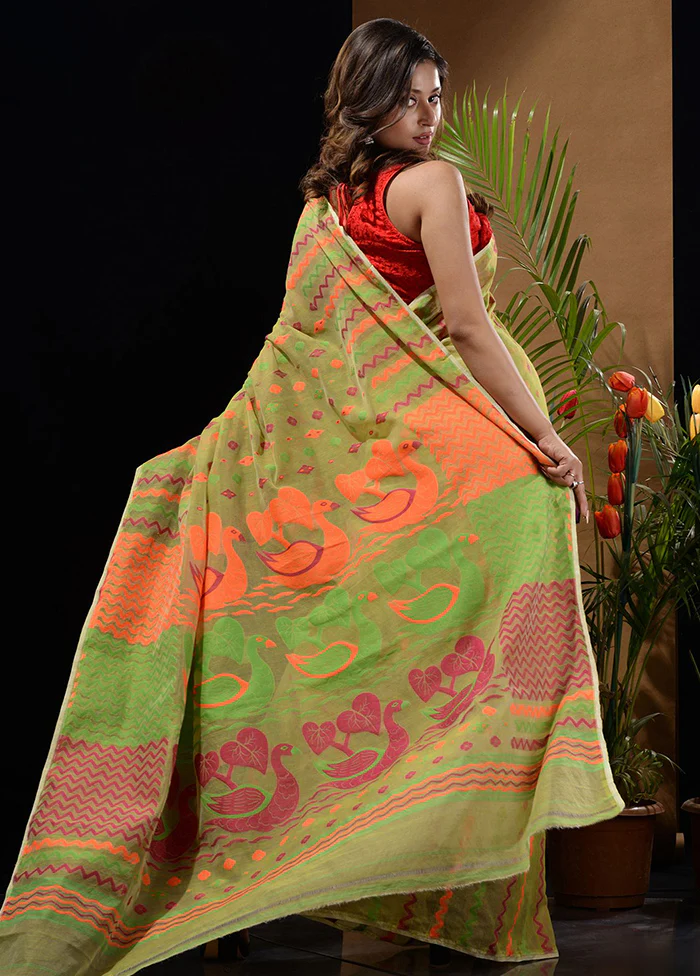
- Pochampally Saree: Famous for its geometric patterns, woven in Telangana.The Pochampally Saree, also known as Pochampally Ikat Saree, originates from the town of Pochampally in Telangana, India. Renowned for its intricate Ikat weaving technique and vibrant designs, the Pochampally Saree is celebrated for its unique patterns and rich cultural heritage.


